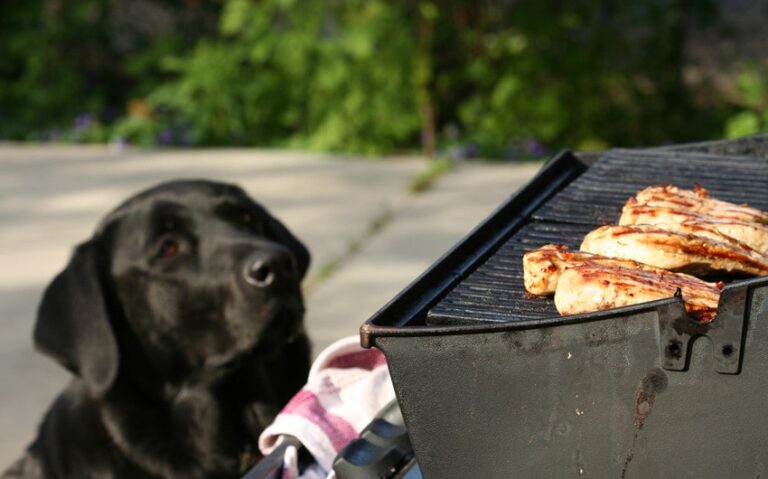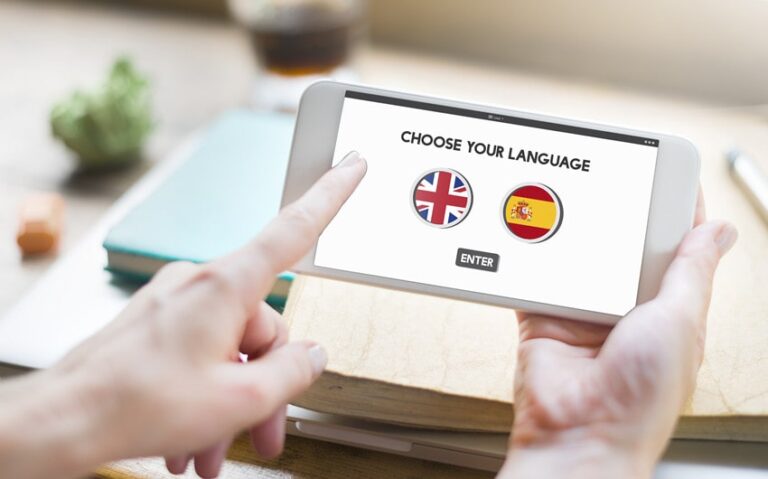Sometimes Things That Are Expensive Are Worse: When Price Doesn’t Equal Quality
You’ve heard the saying “you get what you pay for,” but have you ever spent a small fortune on something and walked away disappointed? Whether it’s a $200 skincare cream that broke you out or a luxury handbag that frayed after a few weeks, the truth is: sometimes, expensive things are actually worse.
Price is often used as a shortcut for value—but it can be a misleading one. In some cases, the most overpriced products come with the worst performance, design flaws, or inflated branding. Let’s explore why this happens, where it shows up, and how to shop smarter in a world that equates cost with quality.
1. The Myth of “More Expensive Means Better”
We’re conditioned to believe that higher prices reflect better materials, expert craftsmanship, and superior experience. And sometimes, that’s true. But many industries inflate prices based on perception, brand, and exclusivity—not actual merit. When you pay extra, you’re often buying into marketing, prestige, or lifestyle illusion rather than substance.
Expensive doesn’t always mean:
- Better durability
- Improved performance
- Ethical sourcing
- Healthier ingredients
- More customer support
In fact, the opposite can be true.
2. Examples of Expensive Things That Can Be Worse
Designer Clothing and Accessories
Luxury labels often charge thousands for items made in the same factories as mid-range brands. Some use synthetic materials, mass production, or questionable labor practices. Logos don’t equal longevity. A $40 no-name leather bag may outlast a $1,400 branded canvas tote.
High-End Skincare
Many luxury beauty products use perfume, fillers, and irritating ingredients—but package them in heavy glass jars to feel premium. Meanwhile, drugstore brands may offer fragrance-free, dermatologist-tested formulas with better clinical backing at a fraction of the cost.
Fancy Restaurants
Yes, ambiance matters—but a $200 meal doesn’t always mean better food. Overpriced spots can lean on plating theatrics, limited portions, or social media buzz while underdelivering on taste or value. A $10 street taco might blow a Michelin-starred bite out of the water.
“Smart” Home Devices
Gadgets with the highest price tags aren’t always the most secure or reliable. Some come loaded with features that slow down performance, drain power, or spy on your data. A basic model with strong customer reviews often outperforms trendier tech.
Luxury Cars
Sure, they look sleek—but luxury cars can mean sky-high insurance, frequent servicing, and parts that cost a fortune to replace. Some base model sedans outlast their flashy counterparts by miles (literally).
High-Priced Supplements
Health is important—but expensive doesn’t always mean effective. Some supplement brands price based on “premium” packaging, not scientific formulation. Generic vitamins often contain the exact same active ingredients.
3. Why Expensive Can Mean Worse
Overhyped Branding
Marketing drives emotion. When you associate a brand with luxury, success, or beauty, you may be willing to pay more—without questioning quality. You’re buying a feeling, not necessarily a better product.
Underwhelming Innovation
Some companies charge premium prices but lag in innovation. They invest more in ad campaigns than in product development. Meanwhile, smaller or newer brands disrupt the market with smarter, more affordable alternatives.
Inefficient Materials
Sometimes, high-end materials are chosen for aesthetics or status—not for function. For example, delicate fabrics might wear faster or be harder to clean. Ornate design might sacrifice usability.
Inaccessible Customer Service
Ironically, luxury doesn’t always equal better support. Some upscale companies are slow to respond or unwilling to honor refunds. In contrast, mid-tier companies may bend over backwards to keep loyal customers happy.
4. How to Avoid Paying More for Less
- Read reviews from real people, not influencers. Verified buyers are more reliable than glossy sponsored posts.
- Compare ingredients and materials. Look beyond packaging—what’s actually inside or under the hood?
- Use price-tracking tools. Websites like CamelCamelCamel or Honey can show if a high price is artificially inflated.
- Don’t chase status. Buy based on value, not vanity. Just because it’s trendy doesn’t mean it’s good.
- Try before you invest. Sample or trial versions help you test products before committing to the premium price tag.
5. When Paying More Actually Does Make Sense
To be fair, there are times when the higher cost is justified. Ethical production, quality craftsmanship, and long-term durability can cost more. You may choose to pay more to support small businesses, artisans, or eco-conscious brands—and that’s totally valid.
The key is to recognize when you’re paying for quality versus paying for perception. Choose mindfully. Don’t let a price tag define your expectations.
Final Thoughts
“Expensive” and “better” are not interchangeable. Sometimes, you spend more and end up with less. From clothes and gadgets to food and beauty, it’s essential to look past branding and hype. Ask yourself: Is this really better—or just more expensive?
Because sometimes, the cheaper option is the smarter, longer-lasting, and more honest choice of all.






